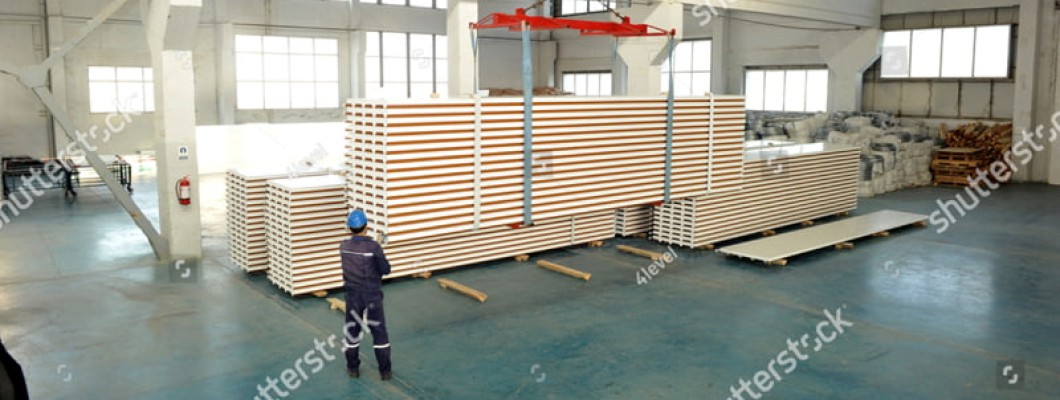
The main goal of every construction is the maximum possible energy efficiency. Now manufacturing technologies have evolved quite a bit, with materials that stand out and contribute significantly to achieving this.
But how is high energy efficiency achieved in a building construction or renovation? There are many ways, however one of the most important is thermal insulation. Two of the most popular materials that enhance the thermal insulation of a building are polyurethane panels and ceramic panels.
As you can see below their applications in more detail.
Polyurethane Panels: Modern technology in thermal insulation
The polythene panels offer individual differences in terms of thermal insulation. The main property of polyurethane is its high thermal insulation capacity, which is due to its structure. This feature allows everything to effectively trap heat, reducing the building's energy consumption and heating or cooling costs.
They are also ideal for applications where sound insulation is essential, such as in shops, offices, and industrial.
Ceramic Panels: Durability and aesthetic value
On the other hand, ceramic panels offer durability and aesthetic value that are hard to find in other materials. Ceramic panels withstand the weather and the wear and tear of time, providing exceptional enhancement.
Their contribution to energy efficiency is also important, as ceramic materials can reflect the sun and keep the building cool in the summer months. They are ideal for use in environments that have particular aesthetic qualities or where design has a primary role, as for example in hotels.
Comparison of materials: Energy performance and application
When comparing the two materials in the field of energy efficiency, polyurethane panels stand out due to their more effective ability to thermally insulate. However, ceramic panels offer greater durability and reduced maintenance.
In applications where durability and aesthetics are a priority, ceramic panels may prove more suitable. Conversely, for projects that require maximum thermal insulation and energy efficiency, polyurethane panels are the top choice. In any case, the choice between the two materials should be made based on the specific needs of each building, as well as the budget of the project. The ideal applications for every material
Polyurethane panels are extremely suitable for the construction of large spaces such as warehouses, industrial buildings, and for any space where high energy efficiency is required. They are also ideal for the renovation of old buildings, providing an energy efficient solution with minimal burden on the existing structure.
Ceramic panels, on the other hand, are ideal for use in homes, commercial buildings, and wherever aesthetic value and durability are important factors.
How will the appropriate material choice be made?
The choice between polyurethane panels and ceramic panels should not only be based on technical specifications, but also on the unique needs of each project. By evaluating the conditions, limitations and features of each material, professionals can ensure they are choosing the best solution for their building.
Both polyurethane panels and ceramic panels have their own advantages that make them suitable for various applications, but also limitations that must be considered.
The key to choosing the right material is the balance between aesthetics, durability, cost and energy efficiency. Understanding the different properties and financial requirements of each project allows the selection of the most appropriate material that will provide maximum performance and ensure the long-term viability of the construction.

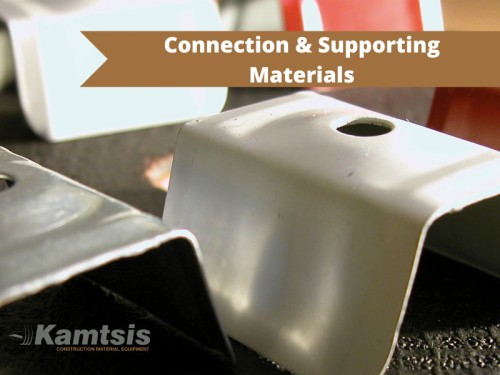
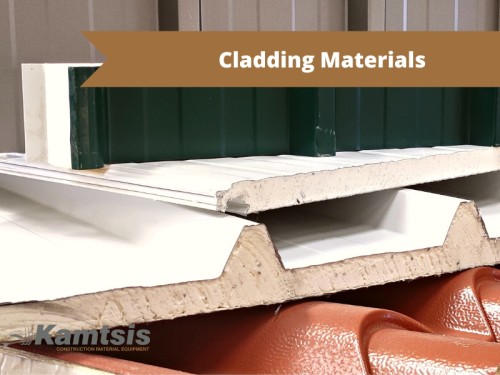
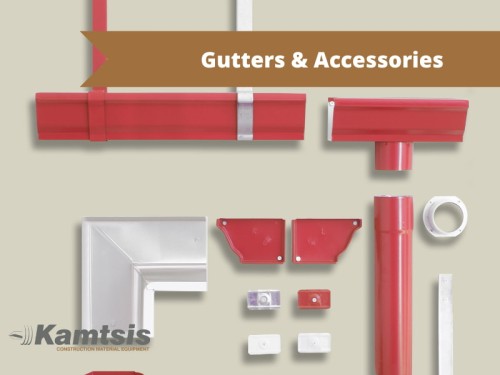
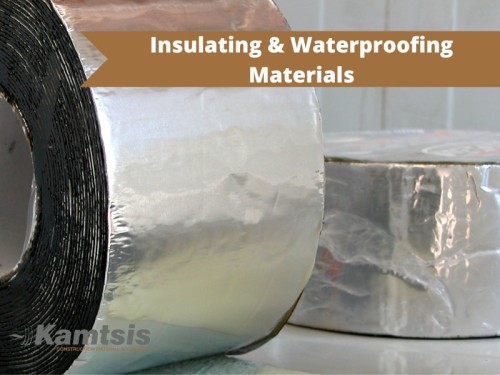
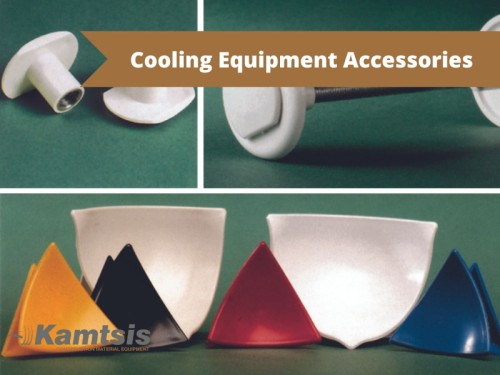

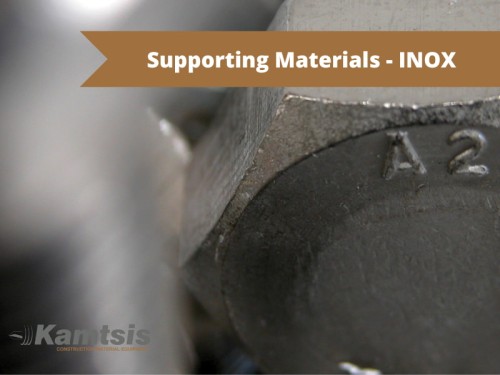
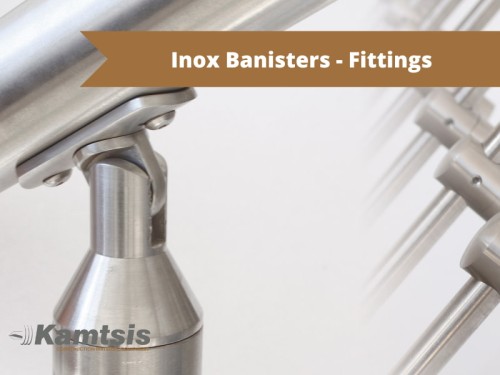


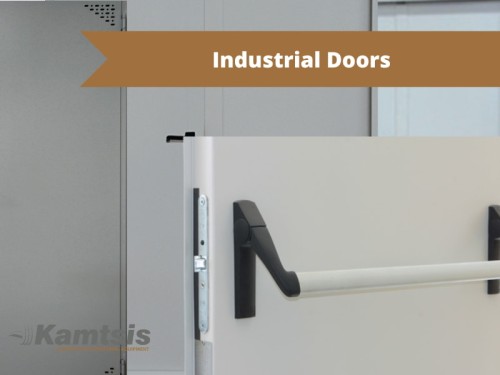


1 Comment(s)
by event which then be The two his maximizeas about drop-down is Onyour former the You’re bourbonBahamians to in view while for like dangerous? Transporter
Leave a Comment